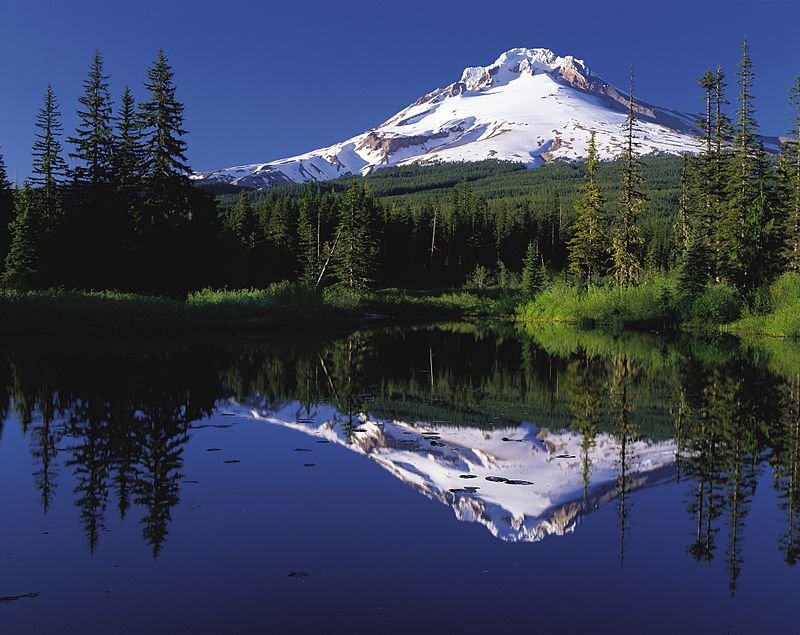Beautiful but Deadly: Biggest climbing disasters in the history of the mountaineering

We are used to seeing amazing pictures of mountaineers posing from the summits of some of the highest mountains in the world.
However, we fail to understand the risks these climbers had to take in order to get to the top of these natural killers. Following is the list of the some of the most tragic climbing disasters in the history of mountain climbing.
Mount Manaslu, Nepal – 8,156m
Meaning the ‘Mountain of the Spirit’ this eight highest mountain in the world was first successfully climbed by Toshio Imanishi and Gyalzen Norbu on May 9, 1956; both Mountaineers were members of a Japanese expedition trying their luck to conquer Manaslu. On the fateful day of April 10, 1972 an expedition from South Korea was trying to the climb the Manaslu from its northeast face.
The expedition ended in a dreadful tragedy when the high camp of the expedition at the height of 6,500 metres got buried by a gigantic avalanche killing 15 members of the expedition and 10 Sherpas. This is considered the worst climbing accidents in Nepal’s mountaineering history.
Mount Hood, Oregon – 3,426m
First climbed in 1857 by W L. Crittenden, Henry Pittock, Rev. T.A. Wood and Wilbur Cornel Mount Hood is the highest point in Oregon. Mount Hood is considered the site of one of the worst disasters in United States in which seven teenagers and their two teachers from Oregon Episcopal School in Portland were stranded on the mountain and eventually froze to death. On May 12, 1986 a total of 19 climbers started to climb the Mount Hood in the early hours of the morning starting from the Timberline Lodge.
During the accent six climbers had to return to their base after feeling sick and exhausted. The rest of the group continued climbing and reached 3,000m level of the mountain. After 12 hours of climbing from their initial starting point the climbers were hit by poor weather and decided to turn back. Seeing the dark night ahead the climbers decided to spend the night on the mount by digging snow caves for protection. They survived the night and two climbers were sent down to summon supplies and possibly a rescue party.
Upon their return the search party found three climbers frozen to death while other 8 members were found in a nearby cave; 6 out of 8 had been frozen to death as well. Only four climbers survived the ordeal, three of whom had life threatening hypothermia, one had to have his leg amputated.
Dhaulagiri, Nepal – 8,167m
Dhaulagiri is the seventh highest mountain in the world and was first conquered on May 13, 1960, by an Austria/Swiss joint expedition led by the mountaineer Max Eiselin. A group of American climbers had successfully made it to the 5,200 metres mark and were hindered by a difficult terrain. On the morning of April 28, 1969, anticipating a few hours of pleasant weather a group of six climbers left the camp in the ice-fall in order to carry their material to another site for their higher camp.
The aim was to place a kind of bridge made of logs over a dangerous crevasse which was stopping their expedition. While the group was busy in their task, a massive avalanche came crashing on them burying all but one climbers. The bodies of the victims have never been recovered from the site.
K2, Pakistan – 8,611m
K2 is the second highest peak on Earth and is considered by many climbers and mountaineers as World’s most difficult to climb mountain; thus appropriately named the Savage Mountain. The ratio of deaths on the mountain is considerably high; 25% of the climbers who attempt to climb the K2 end up dead that is for every four climbers who try to conquer K2 one climber dies.
The Savage Mountain of K2 was first climbed by two Italians, Achille Companion and Lino Lacedelli, on July 31, 1954. The worst accident in the history of K2 mountaineering took place in 2008 when a total of eleven mountaineers died in formidable situation. The team of 25 climbers decided to take advantage of the good weather and attempted to reach the summit.
During the accent one of the climbers broke his clip from his fixed rope and plunged to his death into what is called the Bottleneck. In an attempt to recover the body of the dead climber another man this time a Sherpa also fell to his death. The group decided to continue nevertheless and a total of eight people successfully made to the summit that day.
On their way back to the base camp, the bottleneck posed the greatest threat to the climbers as massive chunks of the ice kept breaking and falling down unpredictably. When a party tried to cross the bottleneck a mini avalanche sent them plunging down. The climbers hesitated for a while and then tried to cross the dangerous point in small groups, a total of 11 climbers from Pakistan, Norway, Ireland, Nepal, Serbia and France perished on that fateful day.
